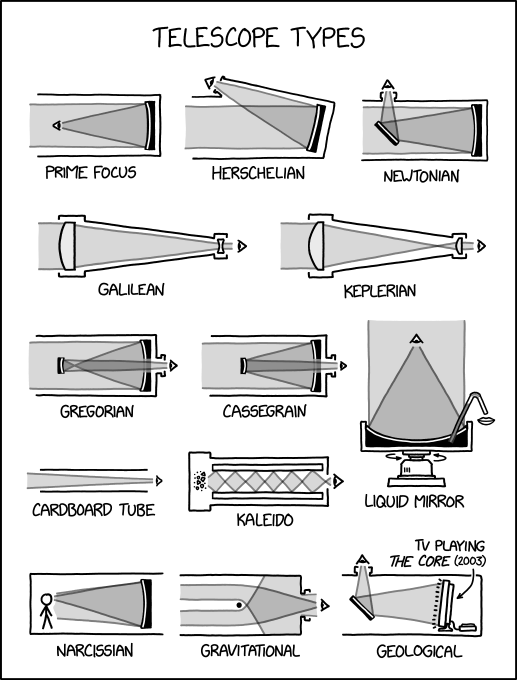The next item on the mending list after bike jerseys was bicycling gloves. I have a pair of relatively thin Smartwool gloves where the palms and fingertips have been wearing out, but I really like the gloves so I thought maybe I could reinforce the palms with some material similar to what's used on actual cycling gloves.
I spent a little while trying to figure out just what that material was, for the Specialized "Grail" gloves I've come to favor, but everything I found suggested that it's a synthetic material that isn't available to retail markets. Eventually I wound up talking with a rowing friend whose daughter is working on a degree in fashion, and she gave me a small piece of scrap goatskin leather of the appropriate sort to work with.
Of course, I don't have much experience with sewing leather. The full extent is the one time I sewed a piece of leather onto the bottom of a pannier, to reinforce it. So it seemed like a good idea to approach the project in stages.
I started out with the realization that I have a second pair of cycling gloves in need of repair. I had enough scrap leather that I could use some for the purpose, and learn a few things about stitching this particular thickness and type of leather (I think it's maybe?? goatskin??).
Here you can see George "helping" me with the first bit of stitching:

The end result certainly has a handmade look, but is far better than the worn-out material it's now covering!

One thing I discovered during the first repair was that it was tricky to hold the material together, just so, while stitching. After doing some poking around on the internet, I came to understand that it can be helpful to at least tack-glue pieces together first, before sewing down the edges. But I didn't have any contact cement or rubber cement on hand for the purpose. So for glove #2, I just grabbed some double-sided sticky tape, and it did indeed help the process go more smoothly.

But I noticed the double-sided sticky tape was a bit stiff, so my quest for rubber cement continued. Because of various constraints, I checked a couple of grocery stores and a CVS only for rubber cement, but came up empty-handed. I'd asked S if he happened to have any, and he didn't, so he instead suggested a small bottle of a type of Gorilla Glue he'd gotten not too long ago and had used to glue some leather.
Anyway, here I am last night, getting ready to glue:

And here I am this morning, learning that unfortunately this glue is way too stiff and won't work because it has ruined the inside texture of the gloves (I'd put in nitrile gloves in case of any seepage, and some of the nitrile is now glued on, too).

So now these gloves are ruined, argh.
The real trouble is that I don't think my ideal glove of this sort actually exists as a thing that a person can buy. What I want is a wool liner glove with a reinforced palm, so I can wear them on their own OR wear them inside my ski mittens when it's 4 degrees out. Smartwool was on the right track with the reinforcement of the palms of these gloves, they just aren't as durable as they should be.
And now I've used up all of the goatskin leather scrap and don't know whether/how I can get more (it was just BEAUTIFUL material, setting aside the point that it is leather).
And I'm pretty sure that this Gorilla Glue is permanent can't be removed with a solvent.
So anyway, hopefully your morning has gone better than this.









